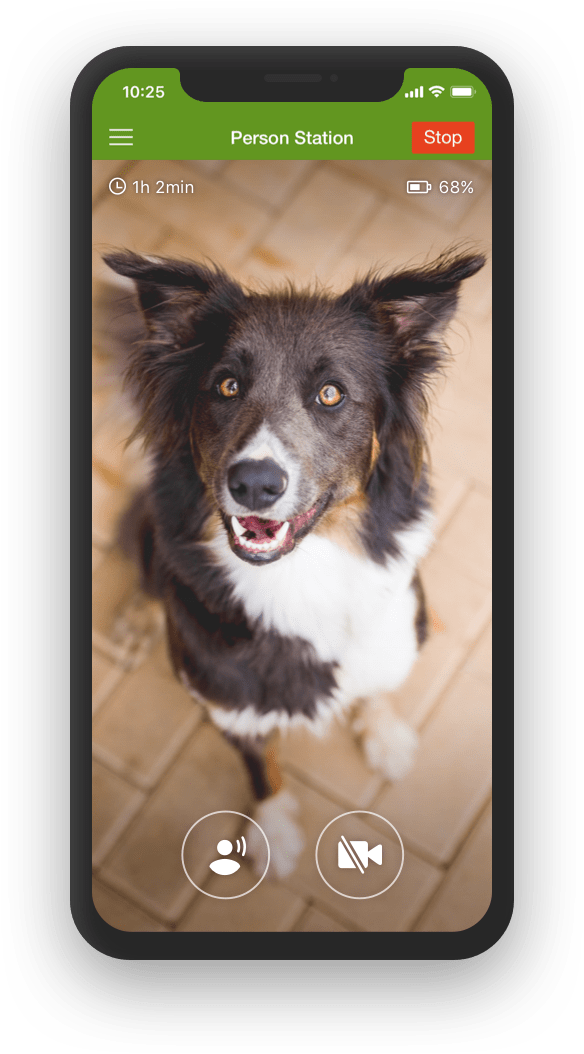Where Are My Pets Mac OS
Also, note that if the preference is nested enough, it won't directly be in com.apple.java.util.prefs, but rather in its own file.For instance, if you have a node /a/b/c, the key/value pairs for that node will be stored in a.b.c.plist.
Simply put, the photo files on Mac OS are stored here: /Pictures/Photos Library.photoslibrary/Masters/. You should remember that the symbol shows your home directory. Therefore, if you intend to use the Go To Folder option to navigate through this directory, you should always use the prefix. Also, note that if the preference is nested enough, it won't directly be in com.apple.java.util.prefs, but rather in its own file.For instance, if you have a node /a/b/c, the key/value pairs for that node will be stored in a.b.c.plist. If you're logged into your Mac with your Apple ID account, you may be able to use it to reset your admin password. If you aren't you can use Recovery Mode on your Mac to open the Reset Password utility.
Is your Mac up to date with the latest version of the Mac operating system? Is it using the version required by a product that you want to use with your Mac? Which versions are earlier (older) or later (newer, more recent)? To find out, learn which version is installed now.
If your macOS isn't up to date, you may be able to update to a later version.
Which macOS version is installed?
From the Apple menu in the corner of your screen, choose About This Mac. You should see the macOS name, such as macOS Big Sur, followed by its version number. If you need to know the build number as well, click the version number to see it.
Which macOS version is the latest?
These are all Mac operating systems, starting with the most recent. When a major new macOS is released, it gets a new name, such as macOS Big Sur. As updates that change the macOS version number become available, this article is updated to show the latest version of that macOS.
If your Mac is using an earlier version of any Mac operating system, you should install the latest Apple software updates, which can include important security updates and updates for the apps that are installed by macOS, such as Safari, Books, Messages, Mail, Music, Calendar, and Photos.
Where Are My Pets Mac Os Sierra
| macOS | Latest version |
|---|---|
| macOS Big Sur | 11.3 |
| macOS Catalina | 10.15.7 |
| macOS Mojave | 10.14.6 |
| macOS High Sierra | 10.13.6 |
| macOS Sierra | 10.12.6 |
| OS X El Capitan | 10.11.6 |
| OS X Yosemite | 10.10.5 |
| OS X Mavericks | 10.9.5 |
| OS X Mountain Lion | 10.8.5 |
| OS X Lion | 10.7.5 |
| Mac OS X Snow Leopard | 10.6.8 |
| Mac OS X Leopard | 10.5.8 |
| Mac OS X Tiger | 10.4.11 |
| Mac OS X Panther | 10.3.9 |
| Mac OS X Jaguar | 10.2.8 |
| Mac OS X Puma | 10.1.5 |
| Mac OS X Cheetah | 10.0.4 |
May 4, 2013 11:51 PM
Great guide, thanks John.
Just a note, in case anyone has the same issue. At first I couldn't get this to work. I tried logging out and back in (still no joy), then restarting the mac (still no joy).
Try doing both of those first. However, if, like me, you still can't get the local host site to load, try the following: You should find a file at /Library/WebServer/Documents/index.html.en . This contains the text 'It works!' referred to in the post. What I did was duplicate that file in the same folder and changed the duplicate's name to 'index.html', leaving the original in situ.

Where Are My Pets Mac Os X
Both local and user sites then loaded. After which, I was able to delete the duplicated file and everything now works without issue. Just to be clear, leave the original file index.html.en where it is, untouched and unharmed throughout this step.
Where Are My Pets Mac Os 11
Not sure why I had to take this mysterious detour - probably something local to my machine, but if you're having trouble after following the guide above, see if it helps.

May 4, 2013 11:51 PM